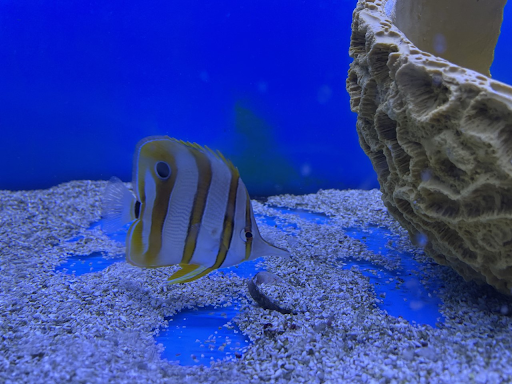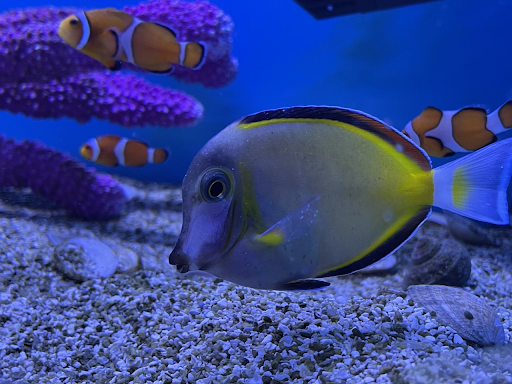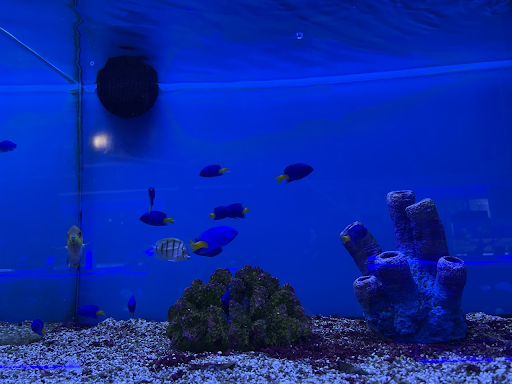There is nothing more exciting than stocking your aquarium full of fish, but it should be treated as a slow process.
Your aquarium should be allowed to cycle for 4-6 weeks before you start adding anything. There should be absolutely no fish or coral so your water has time to settle.
In order for you to pick out your future fish, you need to know what kind of tank you have. Take the maximum size of the fish into account. Don’t get fooled for instance by a little one inch blue tang (Dory fish) that you’ll see at your pet store. They will get up to a foot long and are unsustainable in anything under a four foot tank, with six feet being preferred.
Decide what kinds of fish you want. Typically, most people will make a list of fish they want to keep based on physical attributes and then narrow it down by tank size, compatibility and hardiness.
You should be researching every single fish on that list. See what size tank they need, if they are prone to disease, what they eat. Ask yourself these important questions now so you don’t get burned later.
Then, with your wishlist, you can go to the store with one or two ideas in mind and purchase them. As always, it’s fun to look at other species, but don’t let a particularly delicate, striking fish distract you from your goal. A lot of those kinds of species are either close to impossible to keep or turn out really aggressive.
What to look for in a marine fish

You’ll want to add your most peaceful fish first. Clownfish are usually the best starter fish. They are hardy, only reach 3 inches, and due to most being tank raised, they are available in unique “designer” variants.
The most important part is being judicious. Don’t buy any fish with the following attributes:
- Damaged, missing or clamped fins
- Cloudy eyes
- Injuries or lesions on the body
- White spots or velvety coating (spots are usually marine whitespot and velvety appearance usually means marine velvet)
- Bloating
- Pinched in stomach

Keep in mind, these fish are living creatures. They are not a commodity, and you need to be smart with the selection and care for them. Ideally, you want easy fish that won’t be territorial down the line.
Good luck on your first fish!

Hey, I’m Noah and I am a staff writer on The Mycenean. I participate in Executive Council and I am on the autism spectrum which is useful for retaining information about my special interest, politics.
